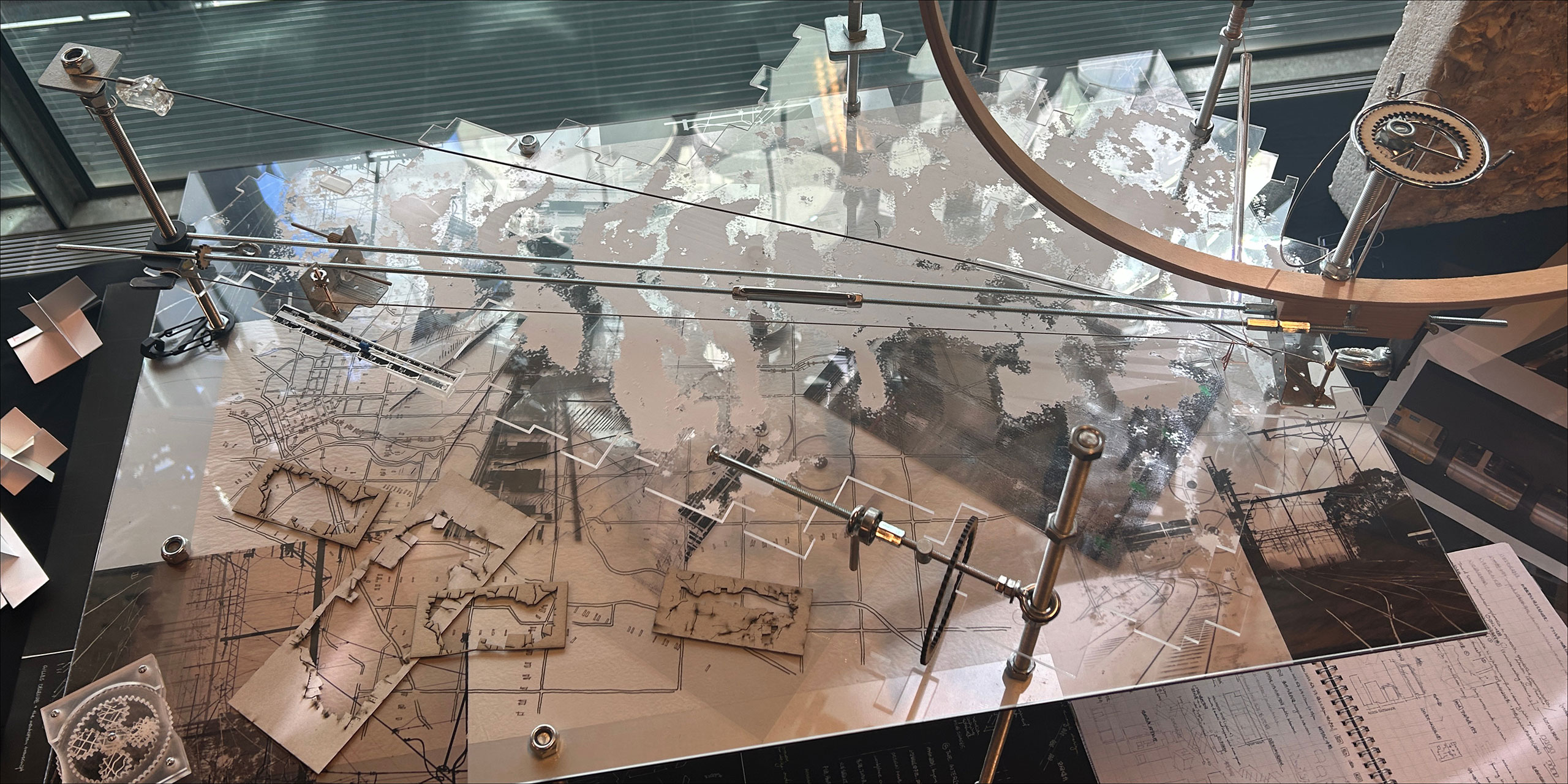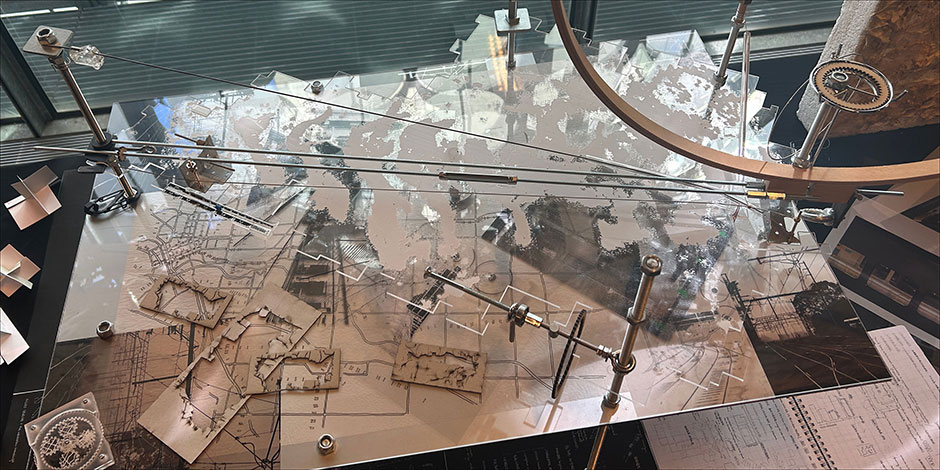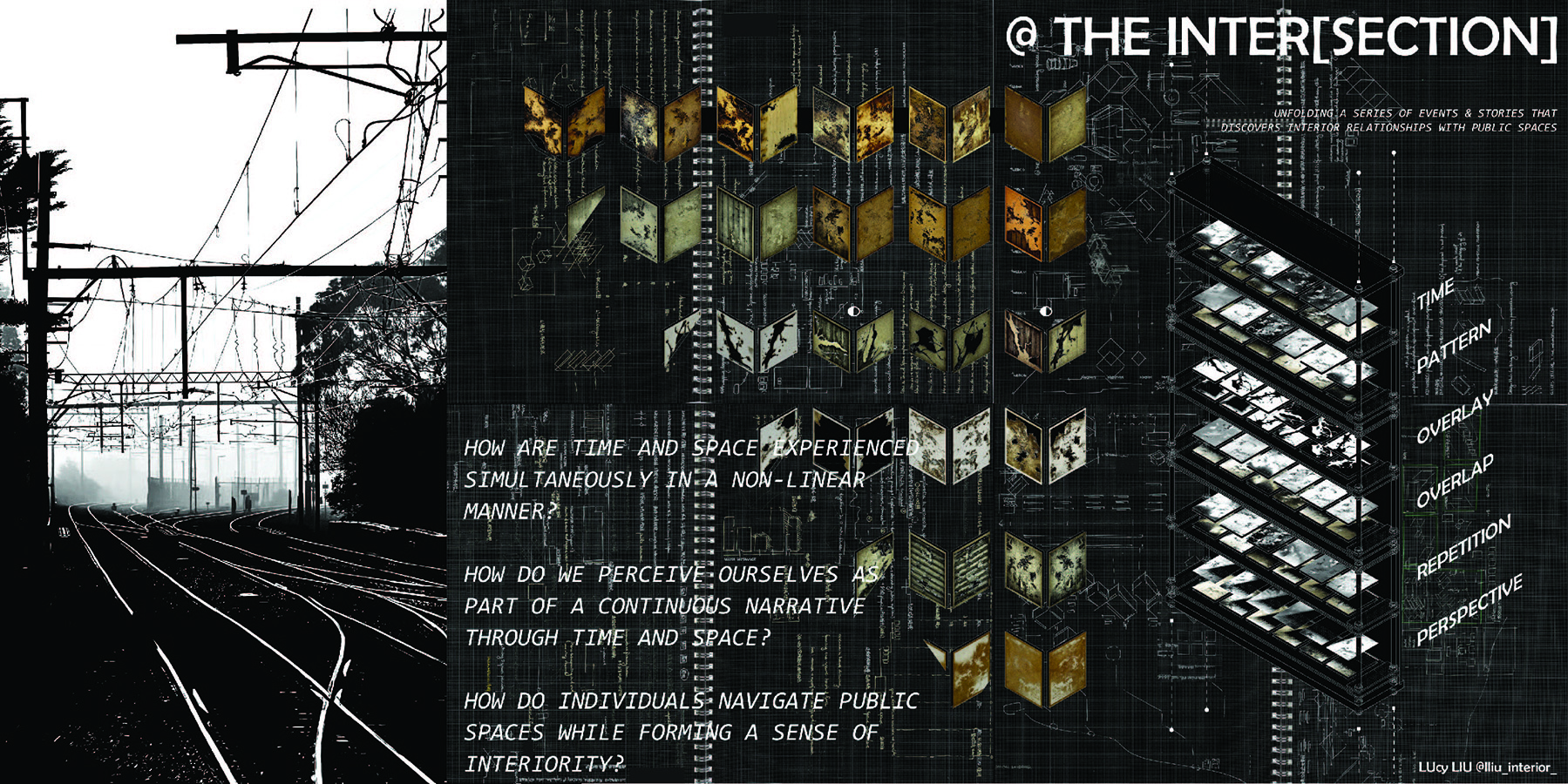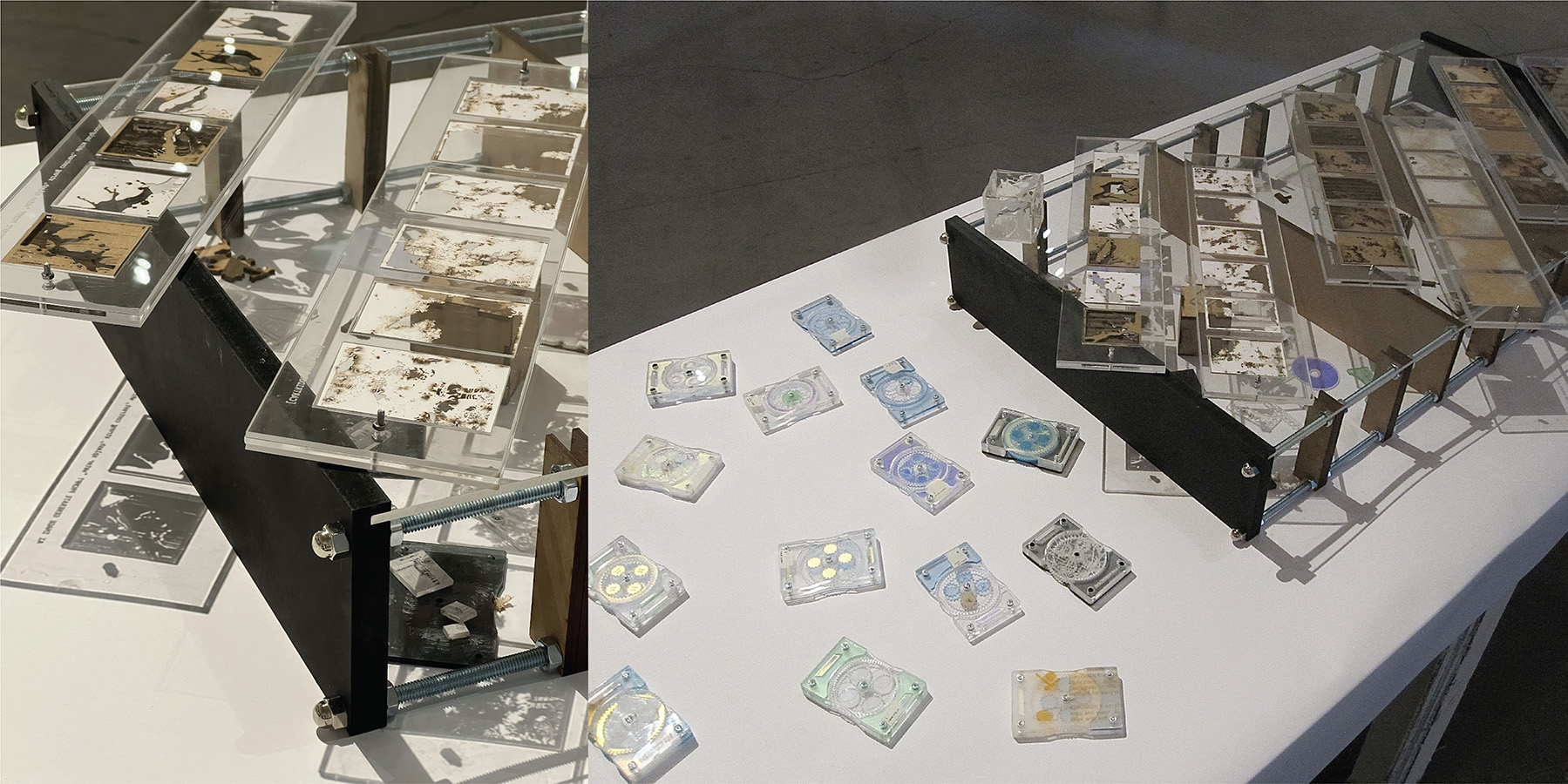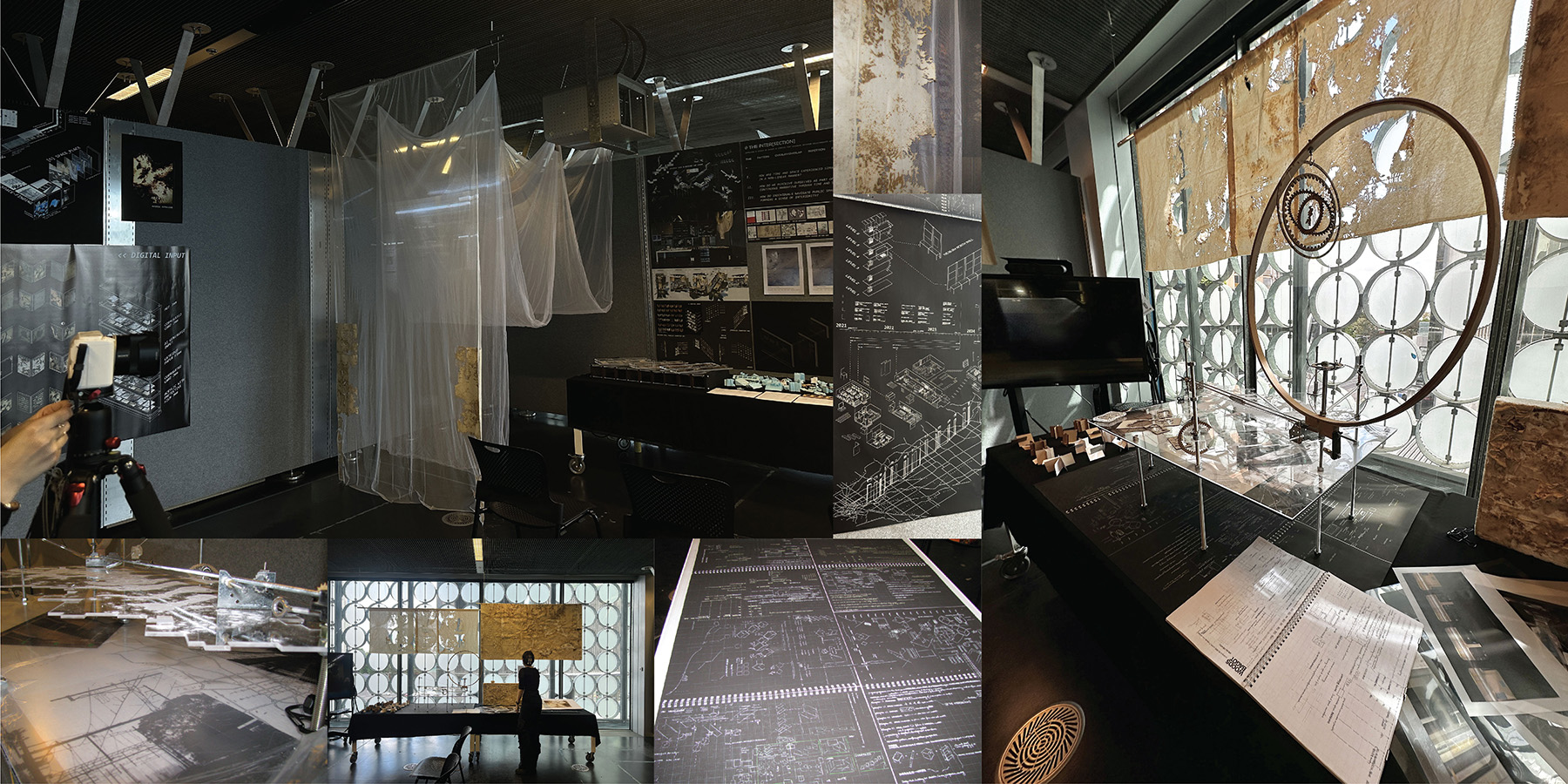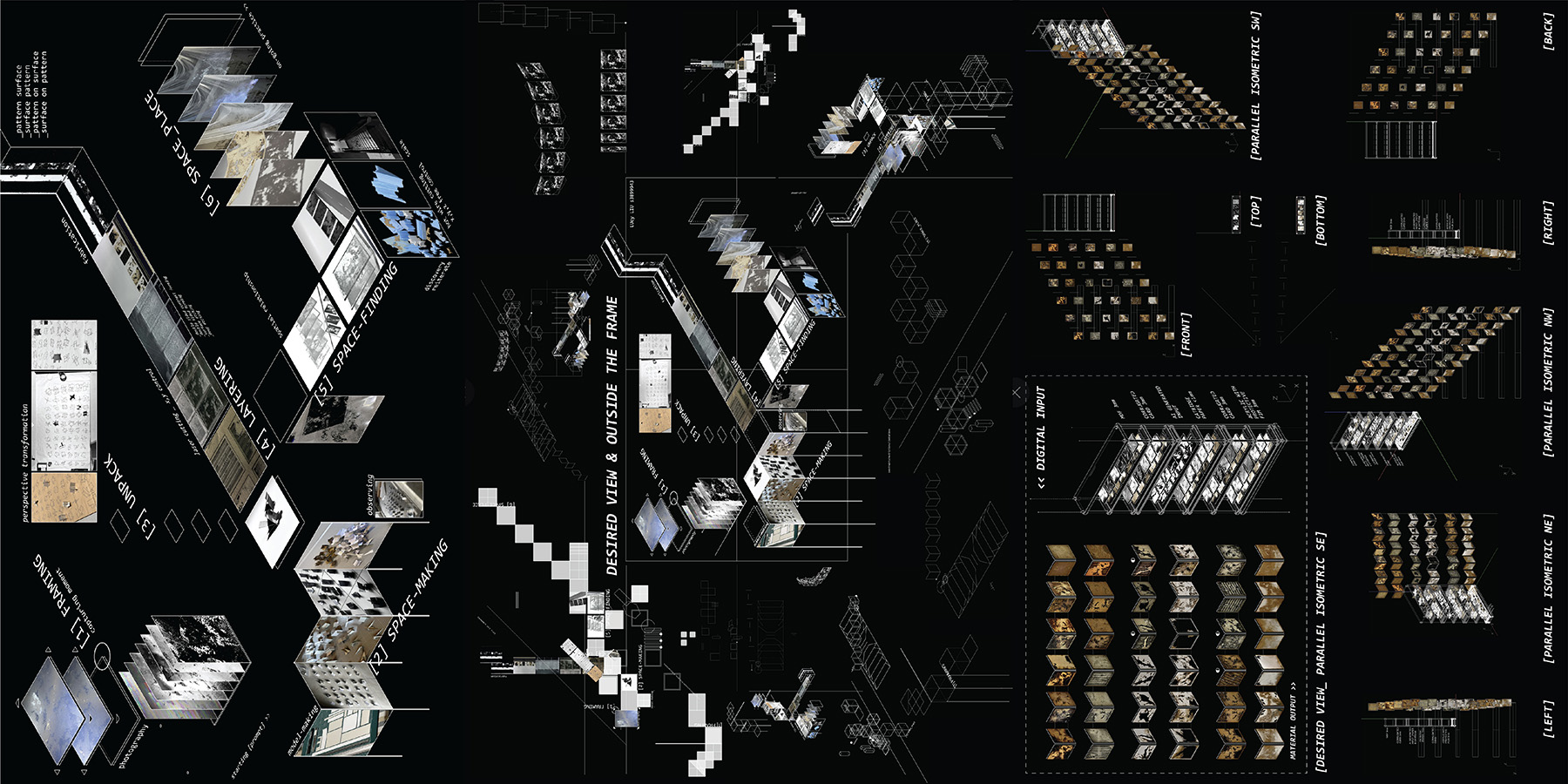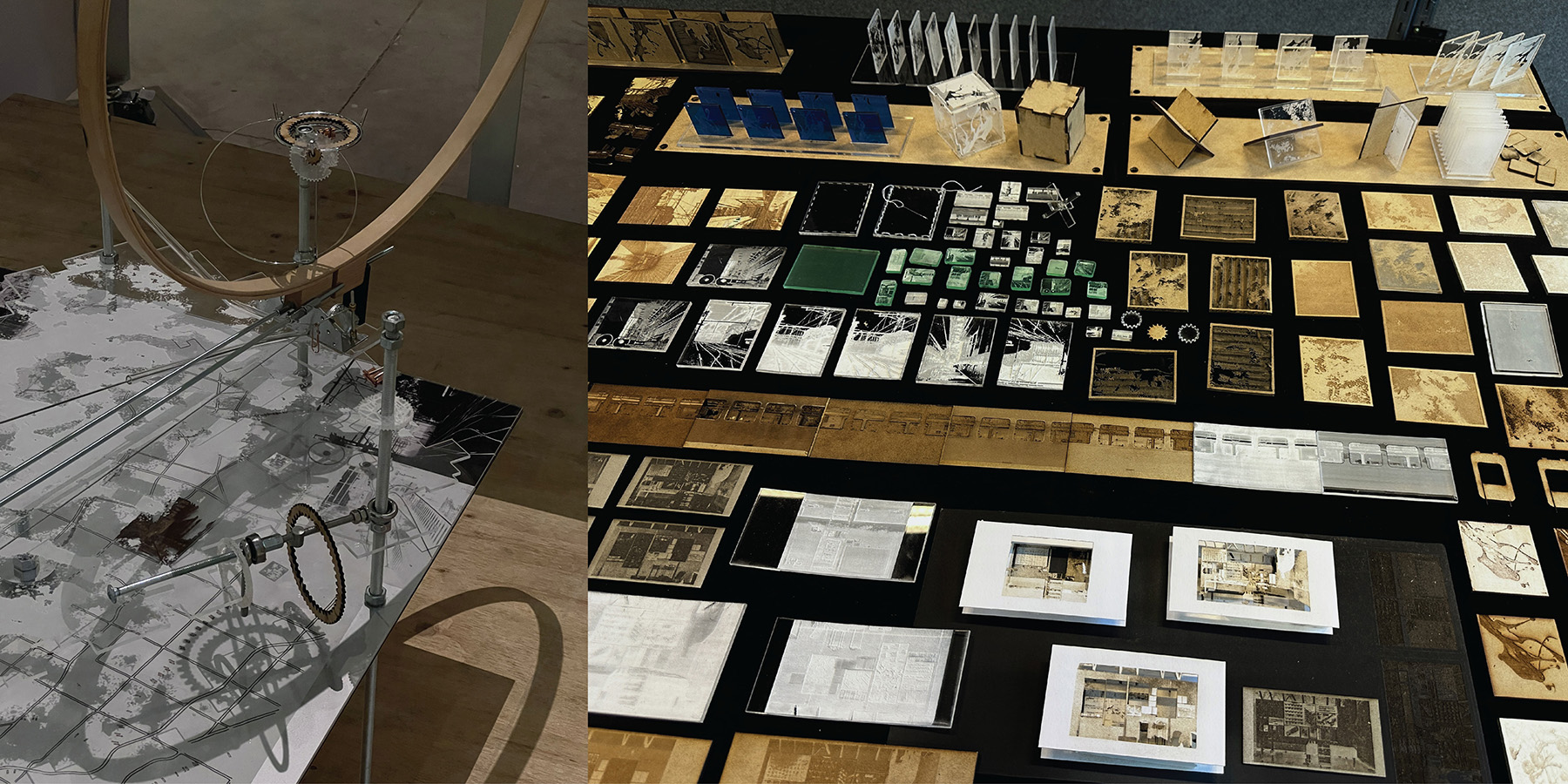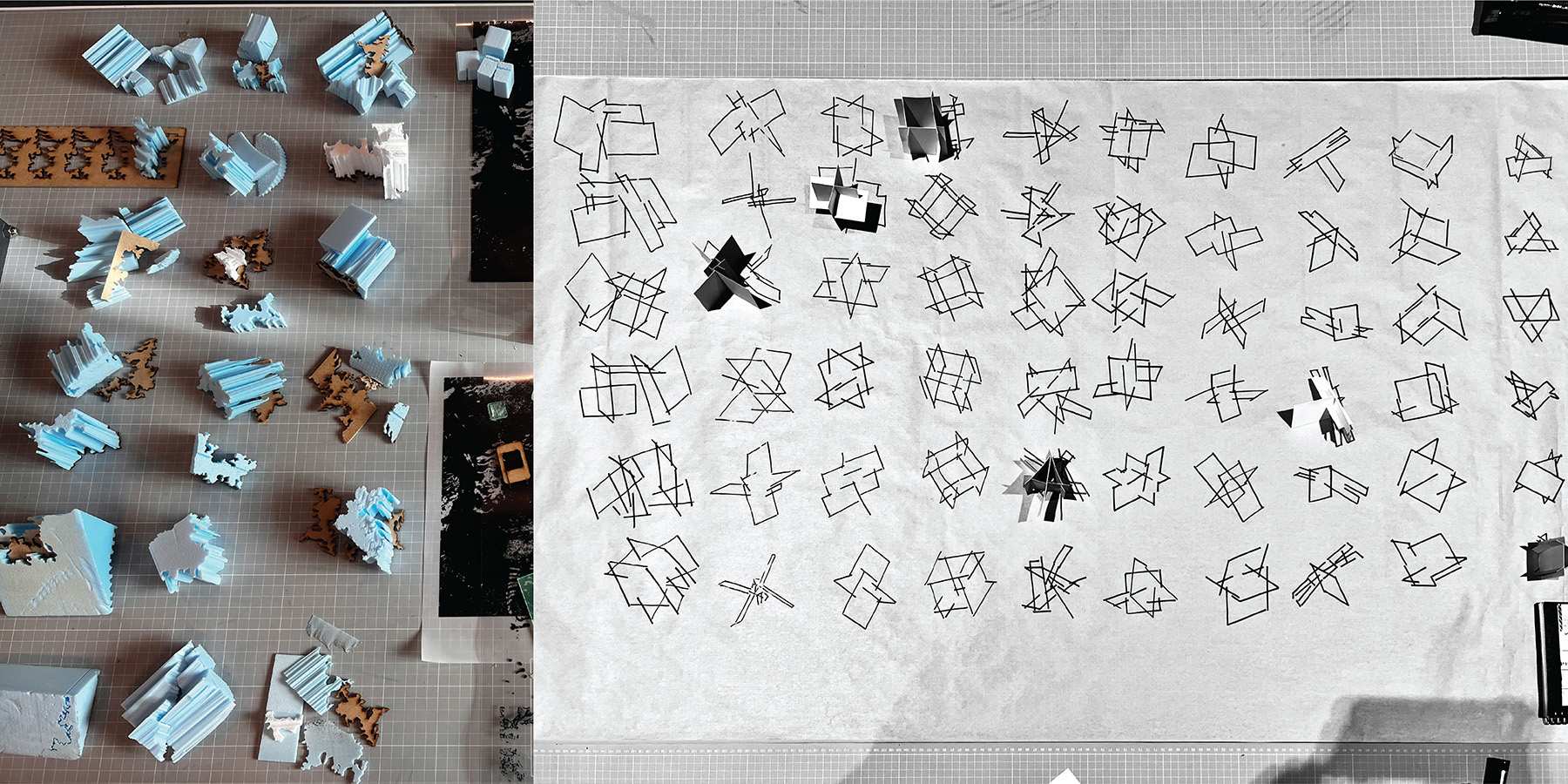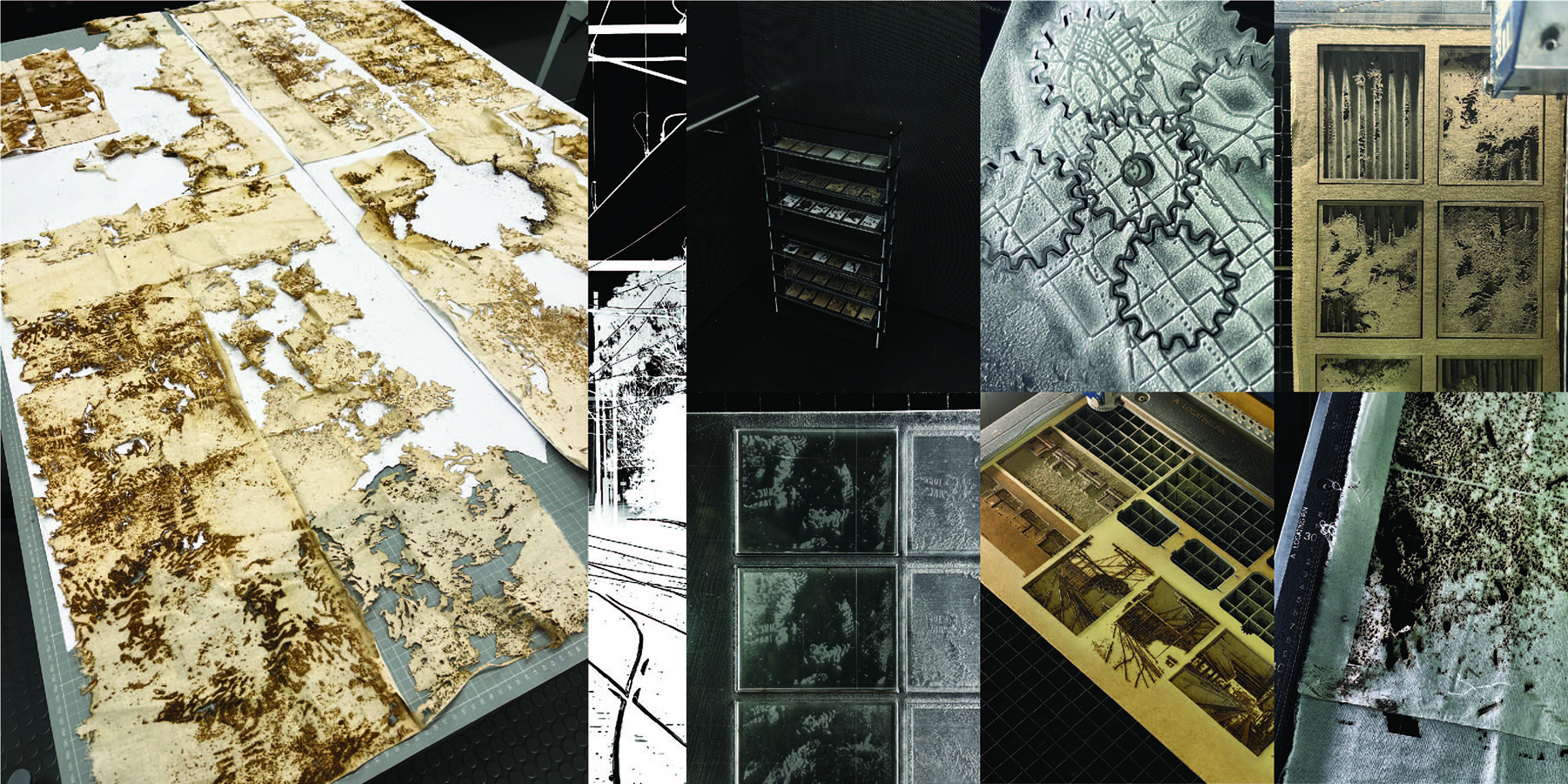The design process unfolded through successive phases of spatial observation, material experimentation, and iterative reflection. Initial investigations focused on capturing subtle interactions within public environments and translating these into analogue models and spatial studies.
Designing and making occurred simultaneously—enabling intuitive responses, serendipitous discoveries, and emergent formal expressions guided by a sustained curiosity about spatial and temporal phenomena. With ongoing observation and critical thinking embedded in the process, each phase informed and redefined the next through continuous documentation and reinterpretation. Unexpected outcomes were embraced as conceptual catalysts, often redirecting the project into unforeseen directions. The methodology intentionally blurred and interwove the boundaries between thinking, making, and observing—prioritising process over predetermined outcomes.
The work remained fluid and process-driven throughout, allowing ideas to evolve through reflection, feedback, and collaborative exchange. Conversations and critique became integral, offering opportunities of moments of shared time and space, and context with others, enriching the project through collective insight.
As the work developed, physical explorations expanded into digital and conceptual domains—bridging real-world phenomena with speculative techniques. Diverse mediums and tools were used to prototype ideas, each informing the others in an interwoven collection of phases, scales, and perspectives.
This layered approach allowed the project to be seen not as isolated moments, but as a holistic system of interconnected inquiries. This created a cohesive yet layered body of work, rich with possibility and interconnected meaning. Bilingual thought structures and subjective encounters further informed a reflective lens of urban interiority, through which temporal fragments, spatial overlays, and lived experiences were analysed, interpreted and expressed and explored using diverse design tools.
The evolving body of work invites reconsideration of how time and space are perceived, navigated, and internalised—positioning design as a system of emergence rather than resolution.

